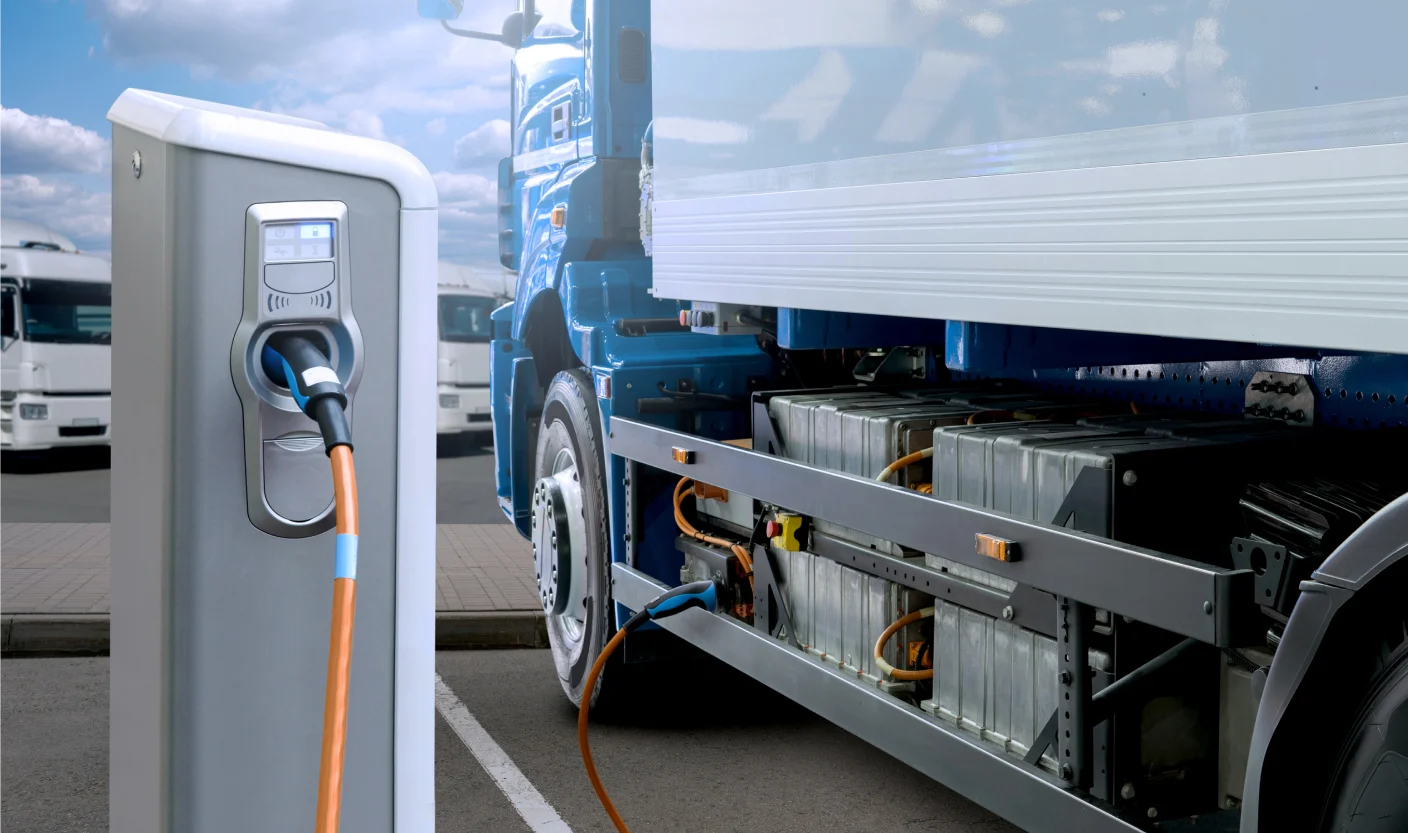What is a Reefer?
October 22, 2021

Get Started With Samsara
Check Our PricesKey Takeaways
Refrigerated containers of “reefers” are used to transport temperature-sensitive goods such as dairy, produce, and medicines. They often have insulated walls and refrigeration units. Get an overview of the different types of reefers and how reefer units work.
What is a reefer?
In trucking, “reefer” or “reefer trailer” are slang terms for a refrigerated container. These refrigerated trailers have insulated walls and self-powered refrigeration units.
Reefers are commonly used to transport food and other temperature-sensitive goods. Perishable goods may include products like fresh produce, dairy, and medicines. Non-perishable, but temperature-sensitive goods like paint, flowers, candles, hazardous materials and bulk liquids are also transported via reefers.
Reefers are used in both full truckload (FTL) and less than truckload (LTL) shipping. Some trailers have multiple temperature zones, allowing different kinds of cargo to be transported within the same reefer.
Different types of reefer containers
There are several different types of reefer containers. Unlike dry vans, which can have walls, ceilings, and floors made of wood, reefers are usually made of metal or fiberglass to improve insulation.
Closed reefers. These are the most conventional types of refrigerated containers. It’s a single unit with an all-electric cooling and heating system.
Modified/controlled atmosphere (MA/CA) reefers. These reefer containers are insulated to regulate temperature control. They use an air exchange system to maintain a constant temperature setting.
Automatic fresh air management (AFAM) reefers. These are the most advanced kinds of reefer trailers. They use a control system that automatically regulates the container’s air exchange to maintain a required temperature.
How reefer units work
Reefers are not intended to cool a product. Instead, they are designed to maintain a specific temperature for products. They do this by collecting and removing heat from the inside of the trailer.
Refrigerated trailers use three core components for their cooling system:
Compressor. A small diesel engine powers the compressor, which draws in gaseous refrigerant and compresses it. This compressed refrigerant liquefies into a high (hot) temperature gas and gets passed to the condenser.
Condenser. The condenser receives the gas from the compressor and begins a heat exchange process. Outside air flows through the condenser fan, causing heat to dissipate and the refrigerant to lose temperature. As the refrigerant cools, it condenses and turns from hot gas to regular temperature liquid.
Evaporator. The liquid refrigerant enters the evaporator through an expansion valve. This valve controls the flow of refrigerant, which in turn controls cooling. As the refrigerant passes through this valve, it becomes a cool liquid. Once in the evaporator, the liquid expands and turns into a warm gas again, absorbing the heat and air from inside the container. This gas gets sucked into the compressor, starting the cycle over again.
These components cause variations in air pressure to create airflow. Refrigeration works by pulling in outside and inside air to remove heat and redistribute colder air through the container. Because proper airflow throughout the reefer is key to maintaining a steady temperature, it is better to transport cargo loaded on pallets.
Household refrigeration, refrigerator cars on trains, and refrigerated shipping containers work similarly.
Refrigeration units run in two ways: cycles or continuous. Running the refrigeration unit in cycles reduces diesel consumption but creates more temperature variance. Frozen foods, which are less temperature-sensitive, can withstand variances. Continuous cooling is better for products and goods that can’t withstand temperature variances well.
Stay in touch
Sign up to learn more about Samsara.










